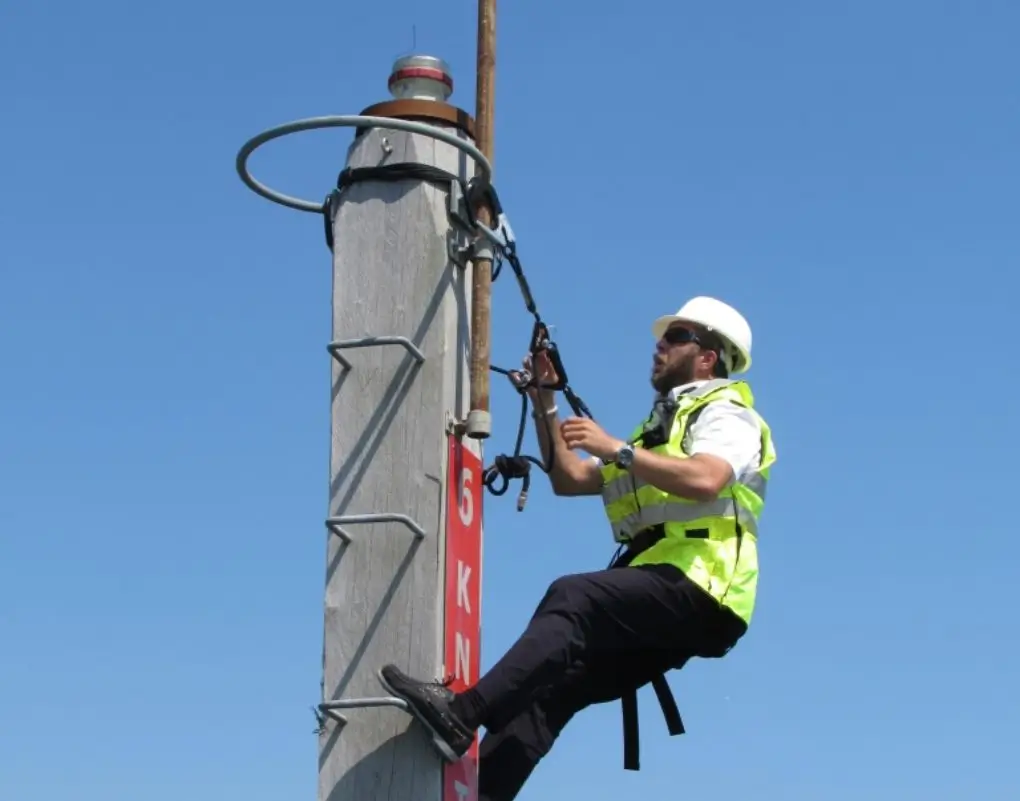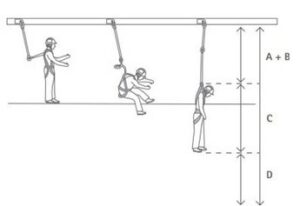How to safely calculate your clearance using fall arrest equipment

How to safely calculate your clearance using fall arrest equipment
Fall arrest systems are used to prevent or help to reduce the risk of injury and in some cases even death after a fall when working at height. Discover how to safely calculate your clearance whilst using fall arrest equipment.
A personal fall arrest system is designed to:
- protect a fallen operative by controlling the stop
- reduce the impact forces on the operatives body
- prevent the operative from impact with the ground or lower levels
To ensure this happens, the equipment must be set up correctly with enough clearance should an accident at height happen.
Important factors to consider when calculating clearance
When calculating the clearance for fall arrest equipment, you need to consider factors such as the length of the lanyard, the operatives’ height, the position of the anchor point, the deceleration distance and any potential hazards.
The distance from the fall arrest connection point on the harness to the operatives’ feet following a fall is typically taken as 2 metres. This accounts for the workers height and potential safety harness stretch. Fall arrest systems must also allow an additional 1 metre safety clearance.
Calculating the required safety clearance for fall arrest lanyards
The calculation for clearance of a fall arrest lanyard should include the working length of the device, plus the length of the deployed shock absorber. This is on top of the 2 metres that are measured for the distance between the operatives’ feet and the connection point, plus the 1 metre safety clearance on the harness.
Key
A) The device’s length under tension
B) The length of the deployed shock absorber
C) The maximum distance after a fall between the user’s feet and the harness anchor point
D) The recommended Safety clearance
Calculating the required safety clearance for retractable fall arrest
Self-retractable lifelines, function similarly to a car seatbelt. In certain cases, these devices can provide a shorter free fall and arrest distance, lowering the necessary fall clearance and allowing work in spaces with less room.
In order to calculate the total required clearance for a self-retractable systems, the free fall, brake operation and harness stretch distances should be added up with the additional 1 metre recommendation safety clearance.
The length of the shock absorber after it is deployed must also be considered for self-retractable lifelines that have integrated shock absorbers.
Get the skills to work safely at height with our expert training courses.
